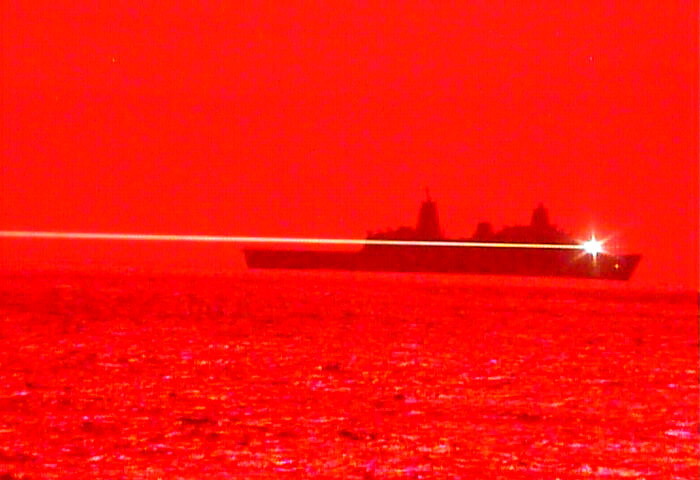The US Military’s Laser Weapon Wake-Up Call
The rise of military laser weapons seemed all but inevitable. Now, the Pentagon’s dream appears in trouble.

The dream of arming the US military with high-energy laser weapons once seemed like a technological inevitability. Decades o…
Keep reading with a 7-day free trial
Subscribe to Laser Wars to keep reading this post and get 7 days of free access to the full post archives.


